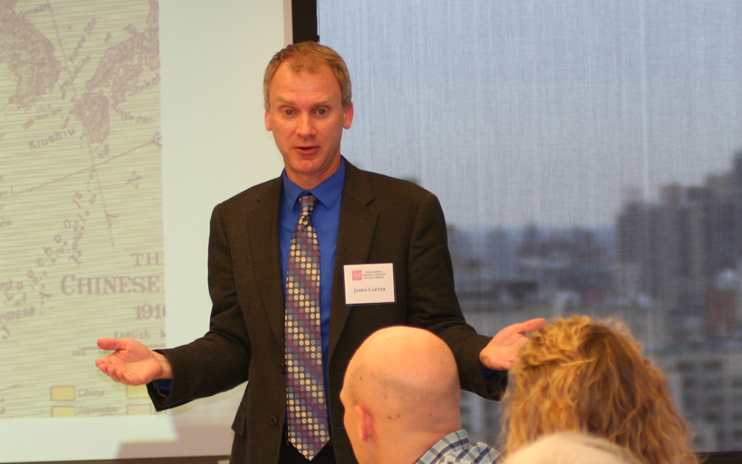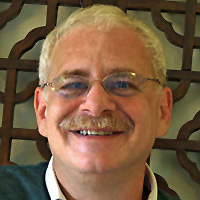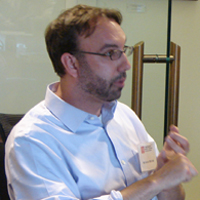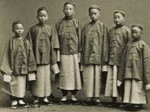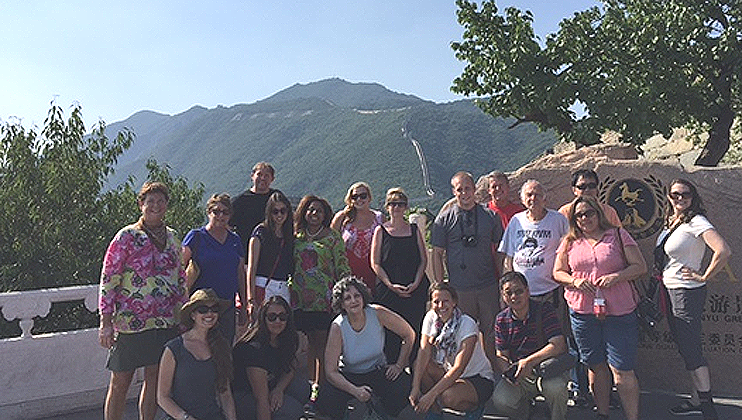The Buddhist monk Tanxu surmounted extraordinary obstacles--poverty, wars, famine, and foreign occupation--to become one of the most prominent monks in China, founding numerous temples and schools, and attracting crowds of students and disciples wherever he went. Now, in Heart of Buddha, Heart of China: The Life of Tanxu, a Twentieth Century Monk, James Carter draws on untapped archival materials to provide a book that is part travelogue, part history, and part biography of this remarkable man.
Chinese in America endured abuse and discrimination in the late 19th century, but they had a leader and a fighter in Wong Chin Foo (1847–1898), whose story is a forgotten chapter in the struggle for equal rights in America.
In The Silk Road: A Very Short Introduction James Millward explores the historical background against which the silk road flourished, discusses the significance of old-world intercultural exchange, and puts the silk road into the context of world history. Professor Millward will discuss the historical significance and contemporary uses of the silk road at a National Committee program on May 16 at the Institute of International Education in New York City. Click below for a podcast interview with James Millward:
Richard McGregor discussed his new book The Party: The Secret World of China's Communist Rulers. Former Beijing bureau chief for the Financial Times (FT), Mr. McGregor illuminates the complex inner workings of the Chinese Communist Party and examines its influence over the military, local governments, and the Chinese people. Mr. McGregor has been Washington bureau […]
At a National Committee public program on May 19, author Michael Meyer discussed living in one of Beijing's oldest hutongs, a traditional alleyway neighborhood which defined the city's layout for centuries. Mr. Meyer's first book, The Last Days of Old Beijing, chronicles the destruction of many of these neighborhoods as the city was redesigned for the 2008 Summer Olympics.
Some 130,000 students from China now study a variety of fields in colleges and universities around the United States. What about the first Chinese students in this country? In a lecture and discussion at the Luce Foundation offices in New York, Edward Rhoads shared stories and research from his new book Stepping Forth into the World: The Chinese Educational Mission to the United States, 1872-81, which examines the individual and collective histories of the first 120 Chinese students in the United States.
Administered by the Committee from 1981 to 2015, the Fulbright-Hays Seminars Abroad Program sent American pre-collegiate and college-level educators to several cities in China for 4-5 weeks each summer. It offered an opportunity to gain valuable, first-hand insights into a country that has become an important element in American education across the curriculum. Through the intensive program of briefings and site visits, educators enhanced their ability to teach about Chinese culture, history, politics, economics, and other areas.
How do academics and journalists write about China? How might they draw upon each others’ work in order to give Americans a more accurate picture of developments – current and historical – in China?
